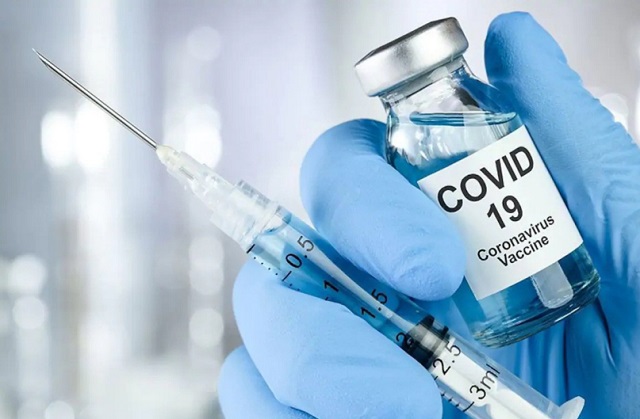
Kampala, Uganda | THE INDEPENDENT | The World Health Organization (WHO) has released a new clinical case definition for post-COVID-19 condition or ‘long COVID’ in children and adolescents.
According to the latest statement by the organization, children and adolescents are more likely to have few or no symptoms or develop mild illness after being infected with COVID-19 and as a result, the symptoms they experience in the post-acute period and their impact may differ.
Children with post-COVID-19 conditions are more likely to have fatigue, altered smell, and anxiety than healthy children. In children, data released by WHO shows the condition occurs in individuals with a history of confirmed or probable SARS-CoV-2 infection when experiencing symptoms lasting at least 2 months which initially occurred within 3 months of acute COVID-19.
Experts say post-COVID condition symptoms generally have an impact on everyday functioning such as changes in eating habits, physical activity, behavior, and academic performance, social functions such as interactions with friends, peers, and family, and developmental milestones.
Symptoms may be new onset following initial recovery from an acute COVID-19 episode or persist from the initial illness.
The statement indicates that these symptoms may also fluctuate or relapse over time.
The new definition is based on the latest scientific data which was developed through an expert consensus process, including the involvement of patient advocates and clinicians. WHO used a consensus-seeking approach called a Delphi exercise, for which experts and patients responded to repeated surveys. This definition applies to children of all ages, with age-specific symptoms taken into consideration.
Meanwhile, anyone with COVID-19 can get post-COVID-19 condition, irrespective of the severity of the disease, though it is more commonly reported in those who had severe disease. The Institute for Health Metrics and Evaluation (IHME) estimated that by the end of 2021, 145 million people had developed post-COVID-19 conditions, with 15.1% of those (22 million) having persistent symptoms 12 months after infection onset.
However, WHO warns that there still remains limited information on the condition in children and adolescents even as the organization defined the condition in adults as early as two years ago in October 2021.
*****
URN
 The Independent Uganda: You get the Truth we Pay the Price
The Independent Uganda: You get the Truth we Pay the Price


